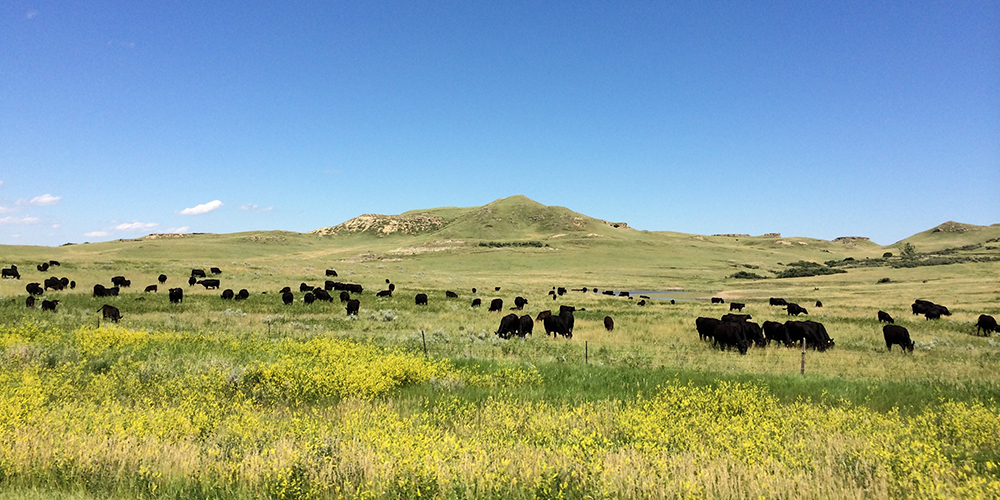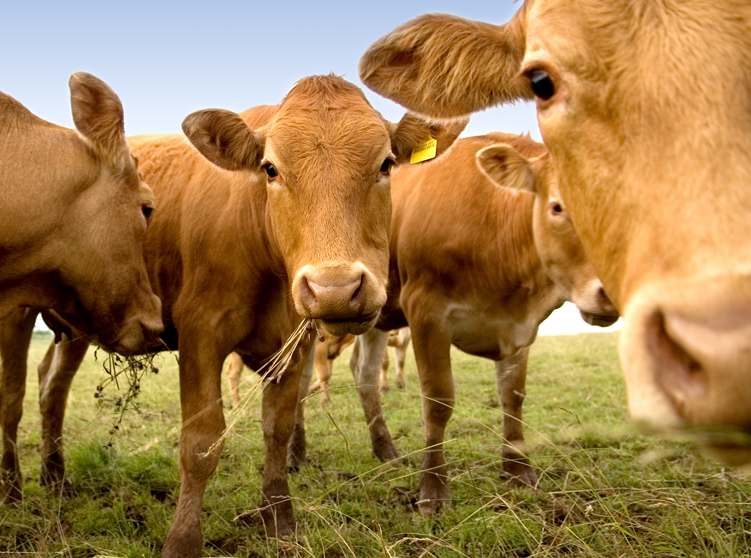Boost Your Expertise with Bagley Risk Management
Boost Your Expertise with Bagley Risk Management
Blog Article
Comprehending Livestock Risk Defense (LRP) Insurance: A Comprehensive Overview
Browsing the realm of livestock danger security (LRP) insurance can be a complicated venture for many in the farming industry. This kind of insurance uses a safety internet against market variations and unexpected scenarios that might affect livestock producers. By comprehending the ins and outs of LRP insurance, manufacturers can make enlightened choices that might secure their operations from economic risks. From exactly how LRP insurance works to the numerous coverage choices readily available, there is much to reveal in this extensive guide that might possibly form the method livestock producers come close to risk administration in their organizations.

Just How LRP Insurance Coverage Works
Occasionally, comprehending the technicians of Livestock Danger Protection (LRP) insurance can be intricate, but breaking down just how it works can offer clarity for farmers and breeders. LRP insurance policy is a danger monitoring device created to shield animals producers versus unanticipated cost declines. It's crucial to keep in mind that LRP insurance is not an earnings warranty; rather, it concentrates only on rate risk defense.
Qualification and Coverage Options

When it comes to insurance coverage options, LRP insurance coverage supplies producers the adaptability to pick the coverage degree, coverage duration, and endorsements that finest suit their danger monitoring needs. By recognizing the eligibility requirements and coverage alternatives readily available, livestock producers can make educated decisions to take care of danger properly.
Pros and Disadvantages of LRP Insurance Coverage
When assessing Livestock Threat Defense (LRP) insurance, it is vital for animals manufacturers to consider the negative aspects and benefits intrinsic in this threat monitoring device.

Among the primary advantages of LRP insurance policy is its ability to provide defense against a decrease in animals rates. This can assist secure producers from financial losses arising from market changes. Furthermore, LRP insurance policy uses a degree of adaptability, permitting producers to tailor insurance coverage degrees and policy periods to fit their certain requirements. By securing an ensured price for their livestock, manufacturers can better handle risk and prepare for the future.
Nevertheless, there are additionally some downsides to consider. One constraint of LRP insurance is that it does not safeguard against all kinds of threats, such as illness break outs or natural calamities. In addition, costs can often be expensive, specifically for manufacturers with big animals herds. It is crucial for producers to thoroughly examine their specific danger exposure and economic circumstance to establish if LRP insurance policy useful link is the best danger administration device for their procedure.
Recognizing LRP Insurance Premiums

Tips for Making The Most Of LRP Benefits
Making best use of the advantages of Animals Danger Defense (LRP) insurance policy requires calculated preparation and proactive threat management - Bagley Risk Management. To take advantage of your LRP coverage, consider the complying with tips:
On A Regular Basis Evaluate Market Problems: Keep notified regarding market patterns and cost fluctuations in the animals industry. By monitoring these elements, you can make informed decisions about when to purchase LRP coverage to safeguard against possible losses.
Set Realistic Insurance Coverage Levels: When selecting coverage levels, consider your manufacturing costs, market value of livestock, Homepage and potential risks - Bagley Risk Management. Establishing sensible insurance coverage levels guarantees that you are properly protected without overpaying for unneeded insurance policy
Diversify Your Insurance Coverage: Instead of counting solely on LRP insurance coverage, consider diversifying your danger monitoring methods. Combining LRP with various other danger administration tools such as futures contracts or options can supply thorough protection versus market uncertainties.
Review and Readjust Coverage Frequently: As market conditions change, periodically assess your LRP insurance coverage to guarantee it lines up with your current threat direct exposure. Changing insurance coverage degrees and timing of acquisitions can assist optimize your danger defense method. By following these tips, you can make best use of the benefits of LRP insurance policy and secure your livestock procedure against unforeseen dangers.
Final Thought
To conclude, livestock threat protection (LRP) insurance policy is a beneficial device for farmers to take care of the monetary threats associated with their animals operations. By comprehending just how LRP works, eligibility and protection choices, along with the benefits and drawbacks of this insurance, farmers can make educated choices to shield their incomes. By meticulously thinking about LRP costs and applying methods to make the most of benefits, farmers can minimize possible losses and guarantee the sustainability of their operations.
Animals producers interested in getting Livestock Threat Defense (LRP) insurance coverage can discover a variety of eligibility requirements and coverage alternatives tailored to their particular animals operations.When it comes to coverage options, LRP insurance coverage provides producers the flexibility to select the protection degree, protection period, and recommendations that best fit their threat management needs.To grasp the complexities of Livestock Risk Defense (LRP) insurance completely, recognizing the variables influencing LRP insurance coverage costs is critical. LRP insurance coverage premiums are established by different components, including the coverage degree selected, the expected price of livestock at the end look what i found of the insurance coverage duration, the type of animals being guaranteed, and the size of the insurance coverage period.Review and Adjust Coverage On a regular basis: As market conditions alter, occasionally evaluate your LRP protection to guarantee it straightens with your existing risk direct exposure.
Report this page